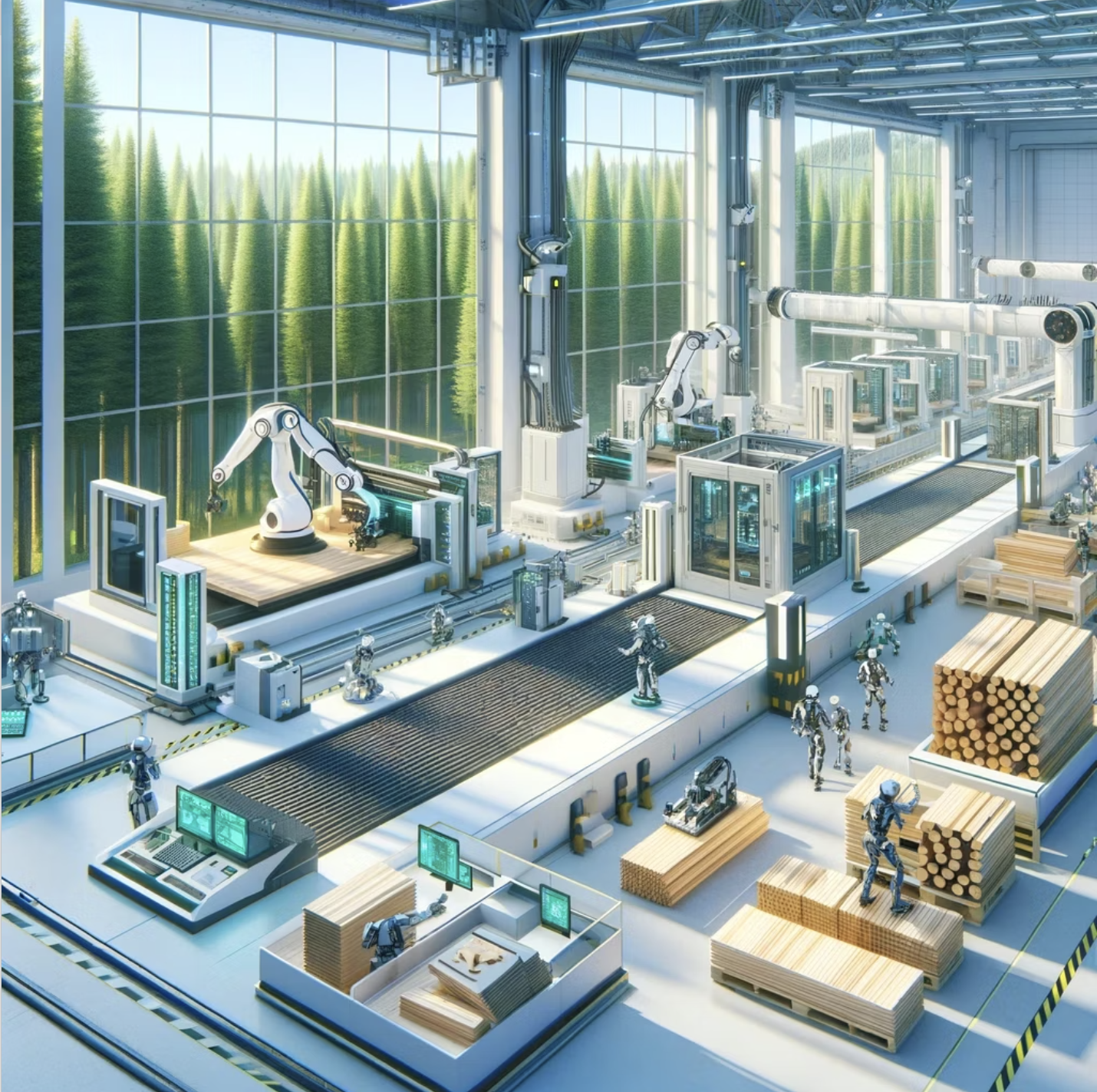It’s All in the Wood (Transmission #284)

As always, links surrounded by the ❇️ emoji indicate exclusive GEM Diamond content. If you would like to have access to all links, please consider GEM Diamond membership.
Concrete, timber, masonry, steel—four of the most foundational elements of commercial and residential real estate. This statement is true now, but also true of decades and centuries ago. These are the building blocks of the construction industry, and even as the world modernizes with smartphones in our pockets, ❇️headsets on our eyeballs❇️, and alternative energy sources increasingly powering our cities, a drought of innovation has taken hold in mainstream construction materials.
Given that masonry and concrete have been around since ancient times, it makes sense we’re still using them in construction—and the same goes with steel and timber use rising since the Industrial revolution. Yet, wood is still being used the same way it was when I was a kid helping my dad rebuild the family cabin into a 2,400 square foot house.
Why mess with a good thing?
Because the world does not look like it did thirty years ago, let alone centuries ago. Every industry on earth is meeting the moment with climate change.
And yet, the numbers in construction paint a startling lack of progress toward true sustainability.
According to data from the Center for Sustainable Systems, “Structural steel made up 46% of material market share for structural building, followed by concrete in 2017. While strong and durable, both concrete and steel require significant energy to create and have higher embodied emissions than other materials.” We have options to change these figures.
As one of the main renewable resources used in construction, the level of noteworthy innovation happening in lumber, specifically, is underappreciated. A staggering 90% of homes are built with lumber, meaning there’s enormous market potential for the advanced wood materials enabling new and improved uses for timber.
